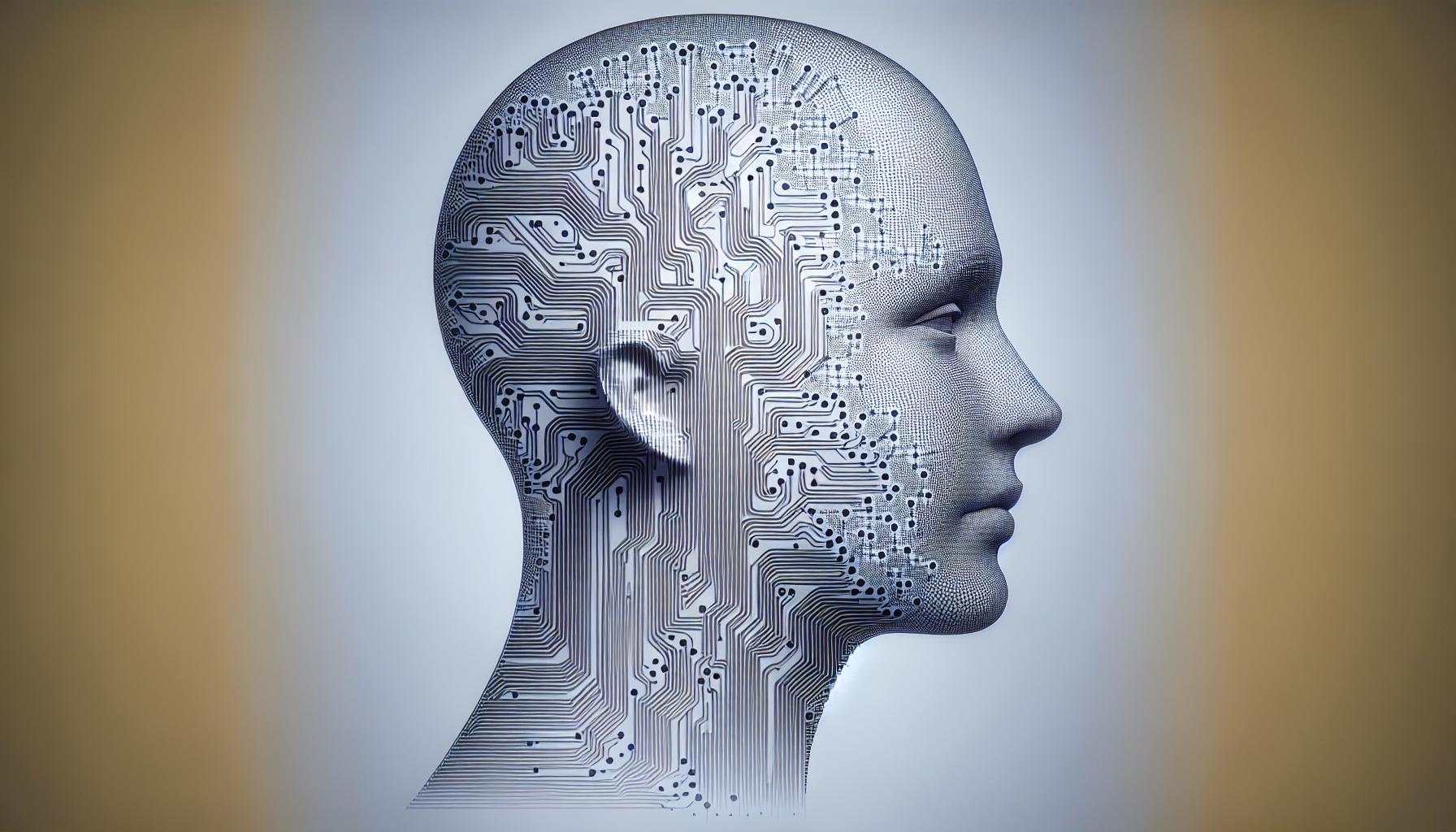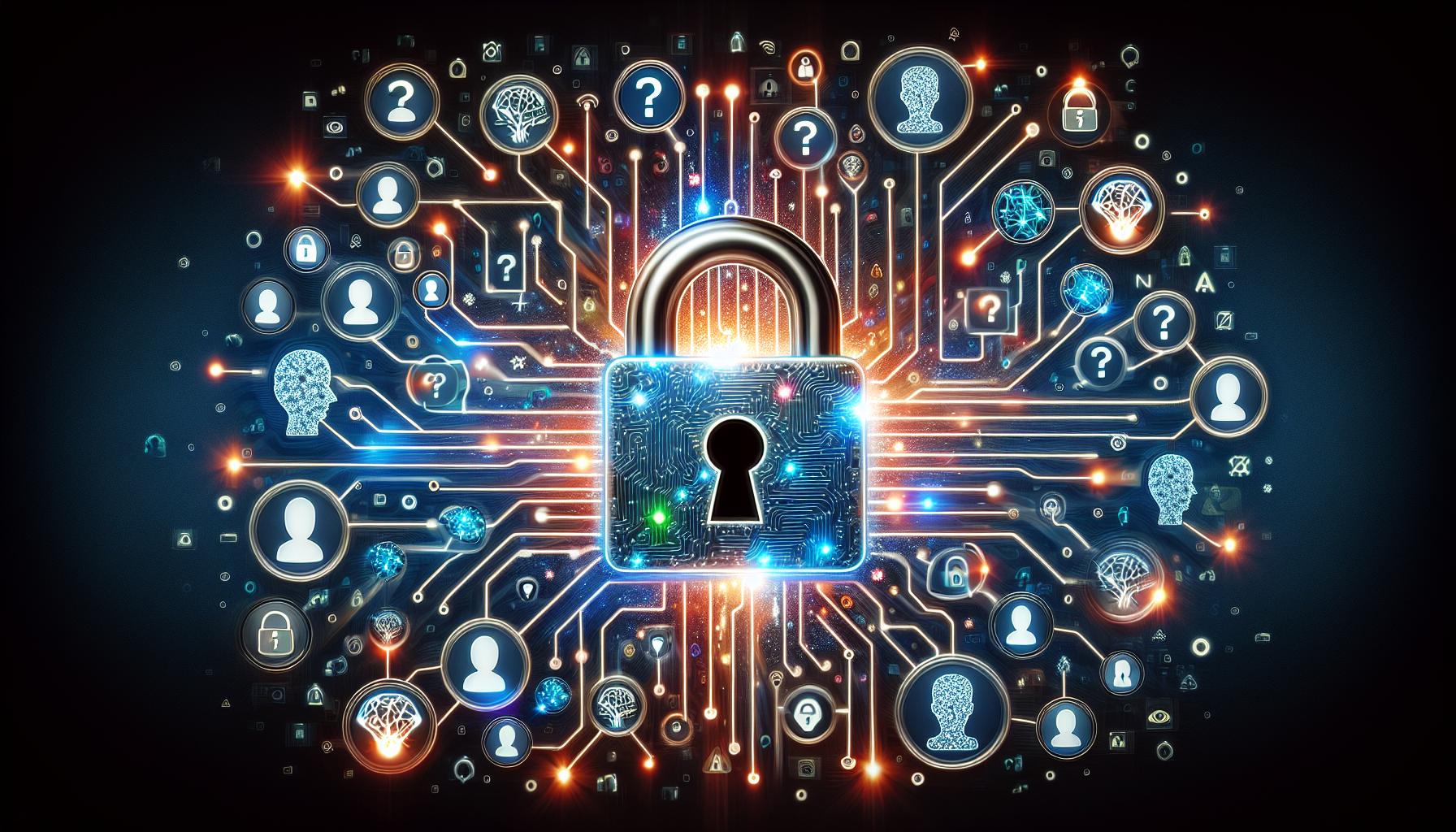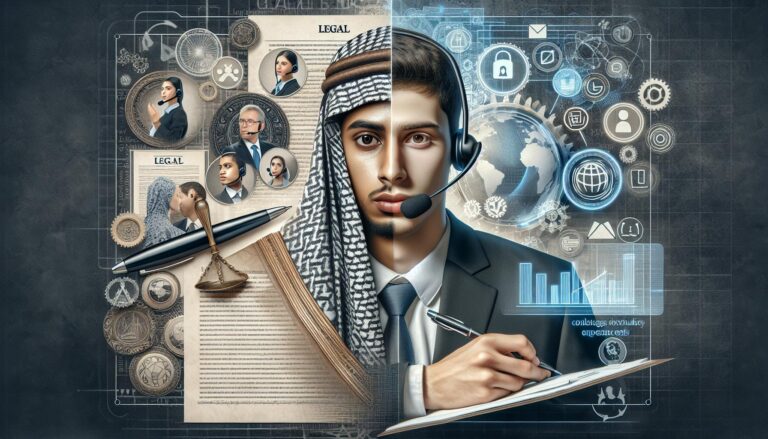Exploring Security Measures: Is ChatGPT Truly Safe?
In the digital age, safety is paramount, and that includes the AI we interact with daily. One such AI, OpenAI’s ChatGPT, has been the talk of the town. But is ChatGPT safe? That’s the question I’m tackling today.
ChatGPT’s popularity has skyrocketed, thanks to its ability to generate human-like text. But with great power comes great responsibility. It’s crucial to understand how it handles our data and if it’s secure.
So, let’s dive into the world of ChatGPT and explore its safety measures. Stay tuned to get the lowdown on whether you can trust this AI with your conversations.
PowerBrain AI Chat App powered by ChatGPT & GPT-4
Download iOS: AI Chat Powered by ChatGPT
Download Android: AI Chat Powered by ChatGPT
Read more on our post about ChatGPT Apps & Chat AI App
Key Takeaways
- ChatGPT, developed by OpenAI, is a chatbot known for generating human-like text and maintaining conversational fluidity, contributing to its rising popularity worldwide.
- The chatbot’s safety measures include anonymizing user data and not storing personal data input, ensuring the model safeguards user privacy.
- The model doesn’t improve by recalling specific past interactions, but by drawing on a substantial amount of anonymous data it was initially trained upon, further preserving data privacy.
- ChatGPT has several security precautions in place such as proactive systems to deter and roll back malicious actions, moderation guidelines for blocking abusive users and the deployment of human reviewers as safeguards.
- OpenAI continues to innovate and prioritize AI safety research, aiming to regularly enhance and update security measures for their AI models like ChatGPT.
- Though the safety measures are robust, no AI system is infallible. Despite the extensive measures in place, there is always a potential for misuse or inappropriate content.
Understanding ChatGPT

Getting a handle on ChatGPT involves diving into its origins and grasping how it works. Developed by OpenAI, ChatGPT is a cutting-edge AI language model that is turning heads because of its standout feature: human-like text generation. It’s designed to engage users in meaningful dialogue based on a treasure trove of world knowledge it has been trained on.
The chatbot’s proficiency lies in its ability to analyze and respond to user input, making each conversation feel unique, personal, and most importantly, authentic. But what makes ChatGPT tick? It all revolves around its training process powered by GPT-3 technology.
ChatGPT is hinged on a deep learning approach called Transformative Learning. This groundbreaking technology works by self-learning from a vast pool of internet text. However, it doesn’t know specifics about which documents were part of its training set nor does it store personal user data—addressing some privacy concerns right off the bat.
To fine-tune this chatbot, human reviewers come in to help train the model, providing valuable feedback to improve its responses. Emphasizing safety, OpenAI has guidelines for these reviewers that strictly prohibit them from conducting actions that could be harmful or trespass on user privacy.
My focus here is on shedding light on this AI: its function, capability, and structure. Without a doubt, ChatGPT’s ability to engage users with its human-like interactiveness raises important questions about its safety measures. Especially, are our conversations private and secure, or is there a chance they could be compromised?
Popularity of ChatGPT

ChatGPT has made its mark in the AI world with its ability to maintain conversational flow, spurring great curiosity and interest globally. As a result, it’s been adopted by millions of users.
The driving force behind this sharp popularity surge? It’s not just about the AI’s advanced language generation capabilities. People find that they can converse with the AI about a wide range of topics – be it anything from historical events to pop culture – just like they would with a human.
Moreover, a key element of ChatGPT’s appeal lies in its proficiency for learning and adapting. It has the capacity to improve its responses based on the feedback it receives from human reviewers.
But, its popularity isn’t merely about its functionality. It also owes credit to the protection of personal information, which captures users’ trust. The model ensures that it doesn’t store personal user data, thus safeguarding user privacy.
Looking ahead, it’s clear that, with emerging markets, changing user behavior and technology advancement, AI models like ChatGPT are going to play an influential role.
As AI technology progresses, it becomes more integral to us. Turning our gaze to the future, it’s important for us to confront issues surrounding ChatGPT. We must address concerns about the safety of user conversations and the potential risk of compromise. We’re at a crucial juncture where we must ensure that while welcoming technology, we also uphold privacy norms and standards.
Data Handling and Privacy
When engaging with AI, user data privacy becomes a significant concern. After all, we’re living in an age where data breaches can incur disastrous consequences. ChatGPT has, however, taken considerable strides in this arena.
The OpenAI policy stipulates that no personal data input into ChatGPT is stored. That’s right. Not a single conversation! This is a non-negotiable aspect of interacting with the AI, designed to reassure users of the underlying commitment to privacy standards.
You might ask, how does it manage to recall and adapt from human feedback then? ChatGPT doesn’t rely on recalling data from specific interactions to improve its models. Instead, it utilizes the vast amount of anonymous data trained upon release to refine its responsiveness. It’s truly a deviation from the traditional data-intensive training approaches. This goes a long way in both enriching user experience and upholding data privacy.
With the evolving digital landscape, efforts are being channeled into advancing AI technology while preserving user safety and privacy. AI models like ChatGPT are not just the end but part of a larger journey in revolutionizing technology. The question of user privacy isn’t disappearing anytime soon, and solutions like OpenAI’s approach can certainly help pave the way in establishing a standard in AI privacy.
The ongoing development of AI and machine learning has opened doors for exciting possibilities and potential challenges. We have to keep revisiting the safety and privacy discussions as we march forward. Let’s delve into one of those potential challenges next: the question of conversation safety with AI models. Even as we appreciate the technological triumphs, it’s crucial to remain vigilant about possible pitfalls. Let’s dig a little deeper into this aspect next.
Security Measures
Taking into account concerns about the safety of AI models like ChatGPT, several security precautions have been built into its system. I’d like to make it abundantly clear that OpenAI vigorously works to uphold strict safety protocols to assure users an environment of trust and transparency.
Forefront among ChatGPT’s security measures is the anonymization of data. It’s noteworthy to mention that ChatGPT does not store personal data input by users. Instead, it operates on a policy of anonymity. This ensures a crucial layer of protection by design.
For continual learning and refinement, the model utilizes a vast pool of data, none of it directly traceable to individual users. This use of anonymous, wide-ranging data enhances both the robustness and the privacy of the AI system.
Addressing the question of malicious intent head-on, there’s a proactive system in place to mitigate risks. Infrastructure that identifies and wards off inappropriate usage is regularly monitored and improved upon. The AI model does its part by refusing to engage in harmful or disempowering discourse.
Moreover, strict moderation guidelines are in place aimed at blocking and banning users who try to exploit the model for malicious purposes. Alongside this, the deployment of human reviewers creates an extra layer of control and moral discernment.
Don’t think of these measures as exhaustive though. They represent an ongoing commitment in which OpenAI continues to evolve and improve its safety mechanisms. So important is the dynamic nature of these precautions that they intertwine with every facet of product design and implementation.
There’s a lot more to this story, with many new advancements being made in AI safety research, legislation, and public scrutiny. We’d surely need another article entirely to explore them. Let’s move along to ask an equally crucial question — how effective are these security measures?
Can ChatGPT Be Trusted?

With ChatGPT’s advanced security measures, it’s definitely pushing boundaries, providing robust privacy measures that could go a long way in securing user trust. The application of anonymization to enhance data safety is a critical cornerstone in its strategy to ensure user privacy.
Furthermore, AI safety research is prioritized, ensuring continuous improvements and updates. This dedication to evolution and innovation is commendable, offering assurance that securing user trust and safety is a top priority.
However, it’s worth bearing in mind that no AI system is foolproof. ChatGPT, like any technology, does have limitations. Cases of misuse or inappropriate content cropping up are possible, despite the proactive measures taken to curb this. Human reviewers, though instrumental in mitigating misuse, may not catch everything.
To give a clearer overview of the system’s robustness and privacy measures, let’s dive a little deeper.
Anonymization of Data
In a bid to enhance privacy, ChatGPT implements strict anonymization of data in its refinement process. This ensures that the data the model uses for learning cannot be traced back to specific individuals, providing an added layer of privacy.
Proactive Measures Against Misuse
ChatGPT adopts proactive protocols to deter and prevent misuse. They employ a system that constantly monitors the platform for any inappropriate usage. Alongside this, clear moderation guidelines are provided, shaping a preventative framework against misuse.
Human Reviewers
To further discourage malicious intent, ChatGPT enlists human reviewers. These serve as the last line of defense in the safety mechanism, with the aim to double-check and vet content. However, they may not be able to catch every anomaly, and it’s essential to remember this when considering the robustness of the system.
Clearly, ChatGPT makes remarkable strides in enforcing security and maintaining user privacy. They are not without their flaws, but their commitment to continuous improvement and the scale of measures in operation portrays a reassuring picture for the user community. As technology, legislation, and public scrutiny continue to evolve, so will ChatGPT’s commitment to safety.
Conclusion
It’s clear that ChatGPT’s commitment to safety is a top priority. They’re not just talking the talk, but also walking the walk with robust privacy measures like data anonymization. They’re proactive in their approach to prevent misuse and have a system in place to vet content. But they’re not resting on their laurels. They’re fully aware of the system’s limitations and are constantly working on improvements. They’re staying ahead of the curve, adapting to changes in technology, legislation, and public opinion. So, is ChatGPT safe? It’s as safe as it can be in an ever-changing digital landscape. And with their dedication to continuous improvement, it’s only going to get safer.
What are some of ChatGPT’s security measures?
ChatGPT has invested heavily in user privacy protection through strong security measures such as anonymizing user data. The platform operates with a high degree of confidentiality, ensuring that conversations within the platform are kept private.
How does the AI safety research contribute to ChatGPT?
AI safety research plays a central role in pushing ChatGPT towards continuous improvements and updates. It aids the platform in maintaining safety, security, and accuracy based on evolving technology and user needs.
How does ChatGPT address misuse?
ChatGPT adopts proactive measures against misuse by implementing stringent regulations. These include actions such as content vetting through human reviewers, ensuring the content remains appropriate and within set guidelines.
What are some limitations of ChatGPT?
Although ChatGPT has built strong safety systems, the platform acknowledges its limitations. These include challenges in identifying harmful instructions and future issues that may arise as technology and legislation evolve.
How is ChatGPT focusing on user security?
ChatGPT lays a significant focus on user’s privacy and security. The platform’s commitment to evolving safety mechanisms and addressing potential flaws reflects a dedication to providing users with a secure, confidential, and trustworthy environment.
















